If you’ve ever wondered why some founders with less traction get more investor attention than others with better numbers, the answer often lies in one word: fit.
Not just product-market fit—but deck-market fit.
In the world of early-stage fundraising, your pitch deck is your single most powerful storytelling tool. But not all decks should look the same. The content, structure, and emphasis in your deck should be directly shaped by two core realities:
- What stage you’re raising at
- What sector your business is in
Let’s break it down.
1. Seed ≠ Series A: Why Stage Matters
At the pre-seed/seed stage, investors know you won’t have it all figured out. They’re betting on vision, team, and signs of momentum. At Series A, the conversation changes. It’s about proving your model and scalability.
Here’s how that reflects in your deck:
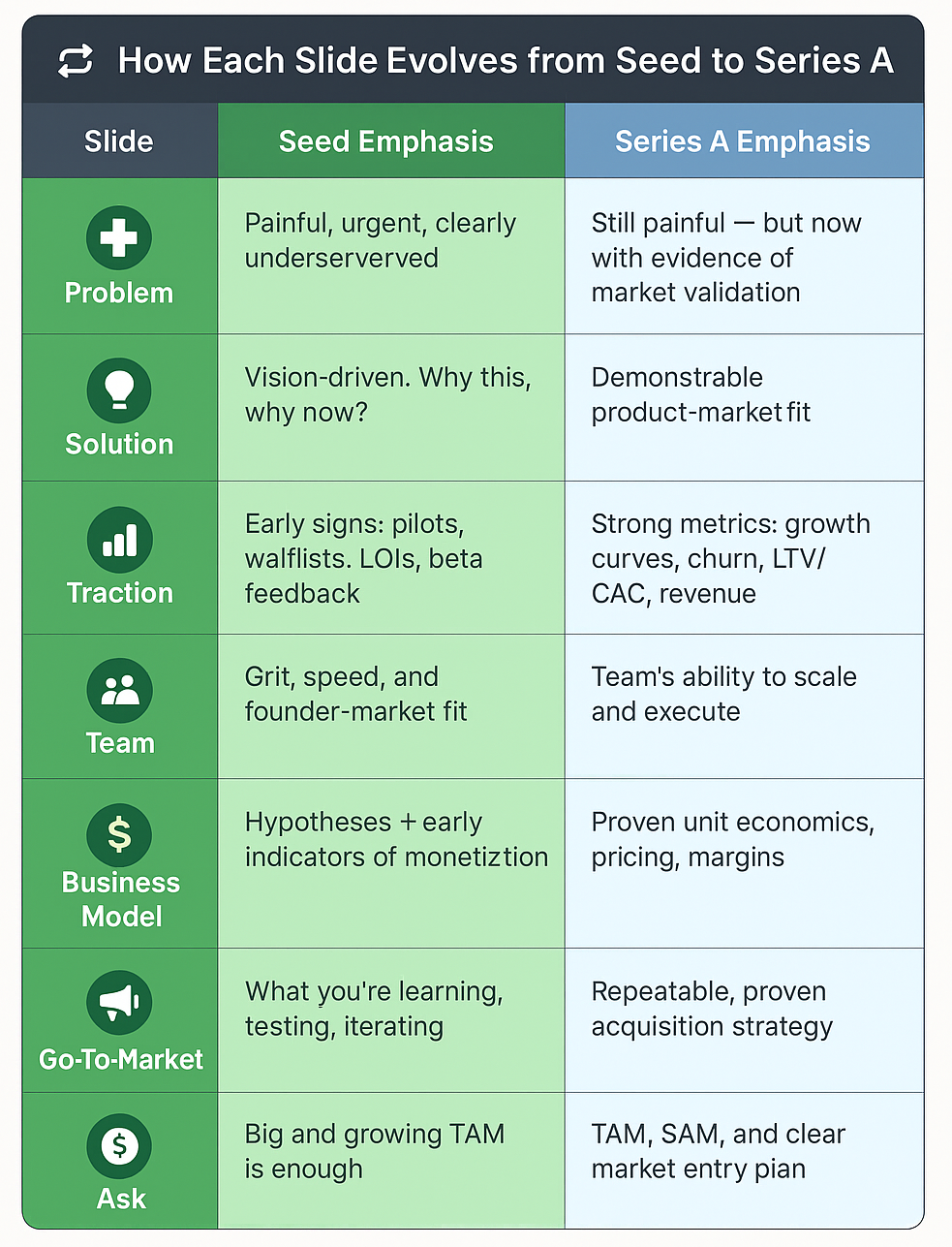
Pro tip: If you’re at the seed stage, don’t try to fake Series A polish. Investors aren’t expecting perfection; they’re looking for momentum and insight. Own your stage.
2. A Fintech Deck ≠ A SaaS Deck ≠ An E-commerce Deck
Each sector has its own signals, metrics, and red flags. So your deck needs to speak the language of your industry.
Let’s run through a few examples:
Fintech
Investors care about:
- Regulatory approach (or workaround)
- Risk exposure (KYC, fraud, float)
- Strategic partnerships (banks, PSPs, telcos)
- Margin vs scale tension
What to include in your deck:
- Clear compliance strategy (or why you don’t need one)
- Metrics like TPV (Total Processed Volume), take rate, MAUs
- Differentiation: Are you building infra, consumer-facing, or B2B layers?
- Monetization from day one—free won't cut it
SaaS
Investors care about:
- Stickiness (retention)
- Expansion (upsell, seat growth)
- GTM efficiency (CAC, payback period)
What to include:
- Key SaaS metrics: MRR/ARR, churn, ACV, LTV/CAC
- ICP (ideal customer profile) and case studies
- Evidence of product-led growth or sales motion
- Your pricing tiers and roadmap
E-commerce
Investors care about:
- Gross margins
- Repeat purchase rate
- Inventory model (own vs drop vs marketplace)
- Fulfillment capacity
What to include:
- Logistics & fulfillment map
- Metrics: AOV, cart conversion, repurchase rate
- Differentiation in a crowded space
- Clear CAC channels and ROAS
3. It’s Not Just What You Show—It’s What You Leave Out
One of the biggest mistakes founders make is using generic decks that don’t reflect their reality. A fintech founder showing off LTV/CAC too early is setting off alarms. A SaaS founder skipping retention metrics is raising red flags.
Your pitch deck should do one thing above all: build confidence that you understand what matters at your stage, in your market.
4. Not Sure What to Show? Start With a Template
Most founders aren’t designers or storytellers, and you shouldn’t have to be. That’s why we built editable pitch deck templates on Pitchwise.
They’re:
- Plug-and-play, so you’re not starting from scratch
- Stage-aligned, with slides tailored to where you are (Seed, Series A…)
- Sector-aware, with smart tips for fintech, SaaS, e-commerce, and more
- Packed with slide-by-slide guidance on what to say and why it matters
Final Word:
You wouldn’t pitch a SaaS investor with a beauty e-commerce deck. You wouldn’t show a pre-seed deck at Series A. So don’t use a generic deck for a specific mission.
Fundraising is too important to wing. Make your deck match your moment.
Ready to get started? Explore editable pitch deck templates on Pitchwise









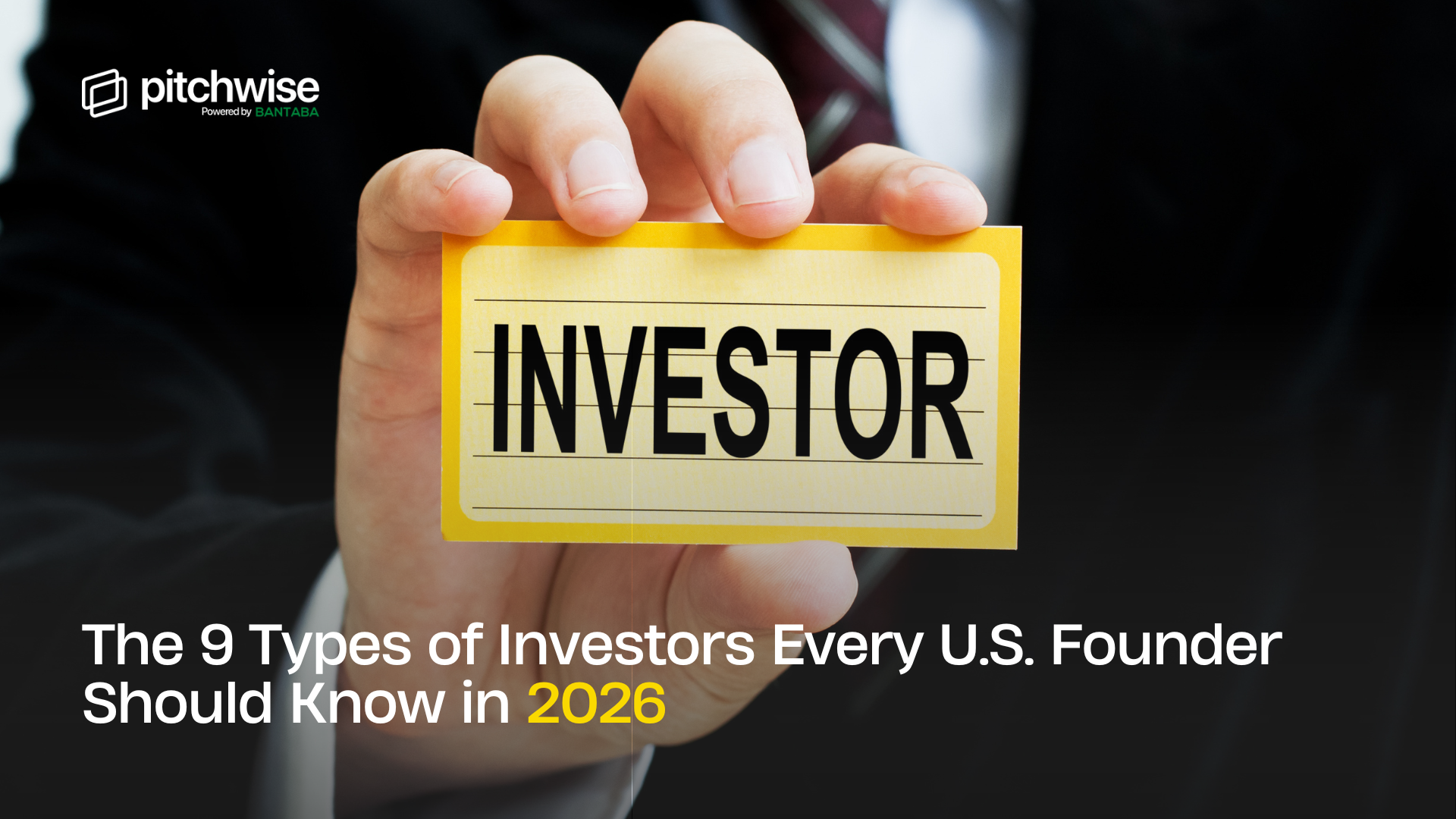
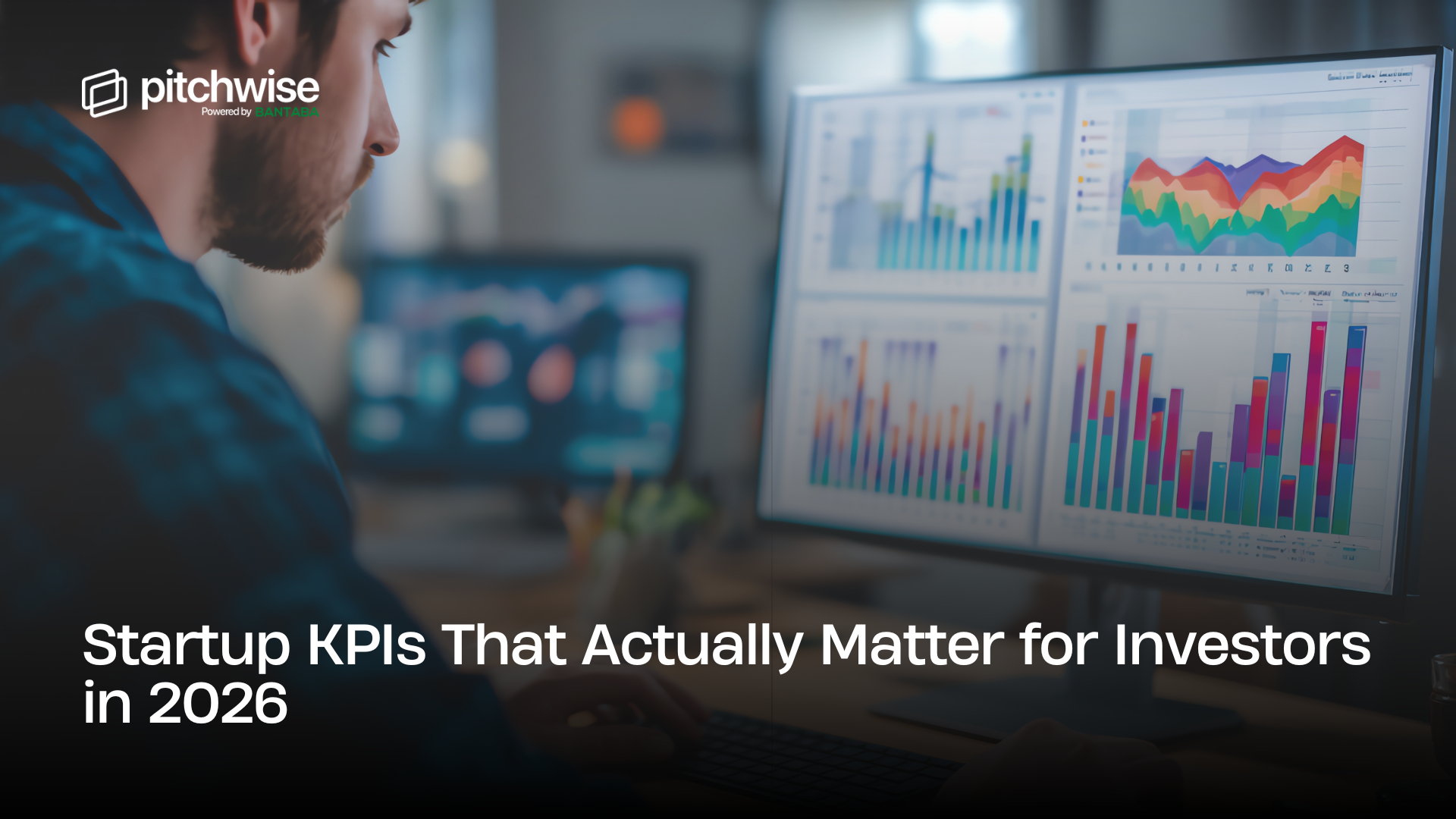

.png)


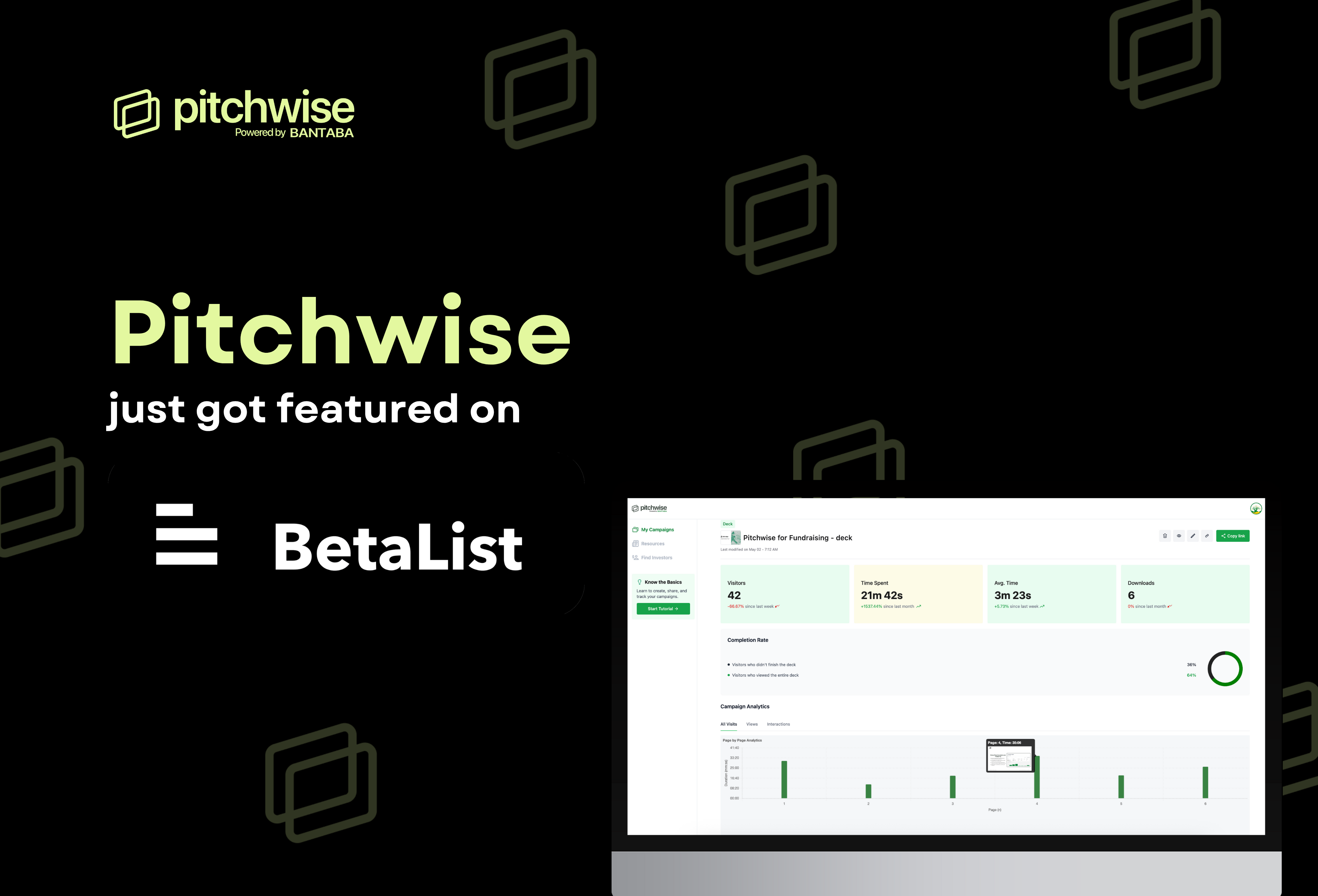
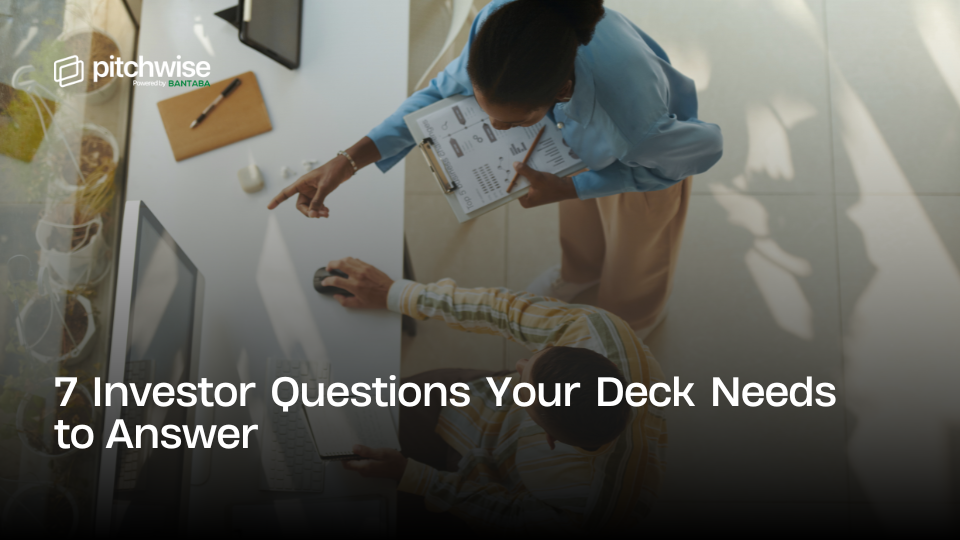


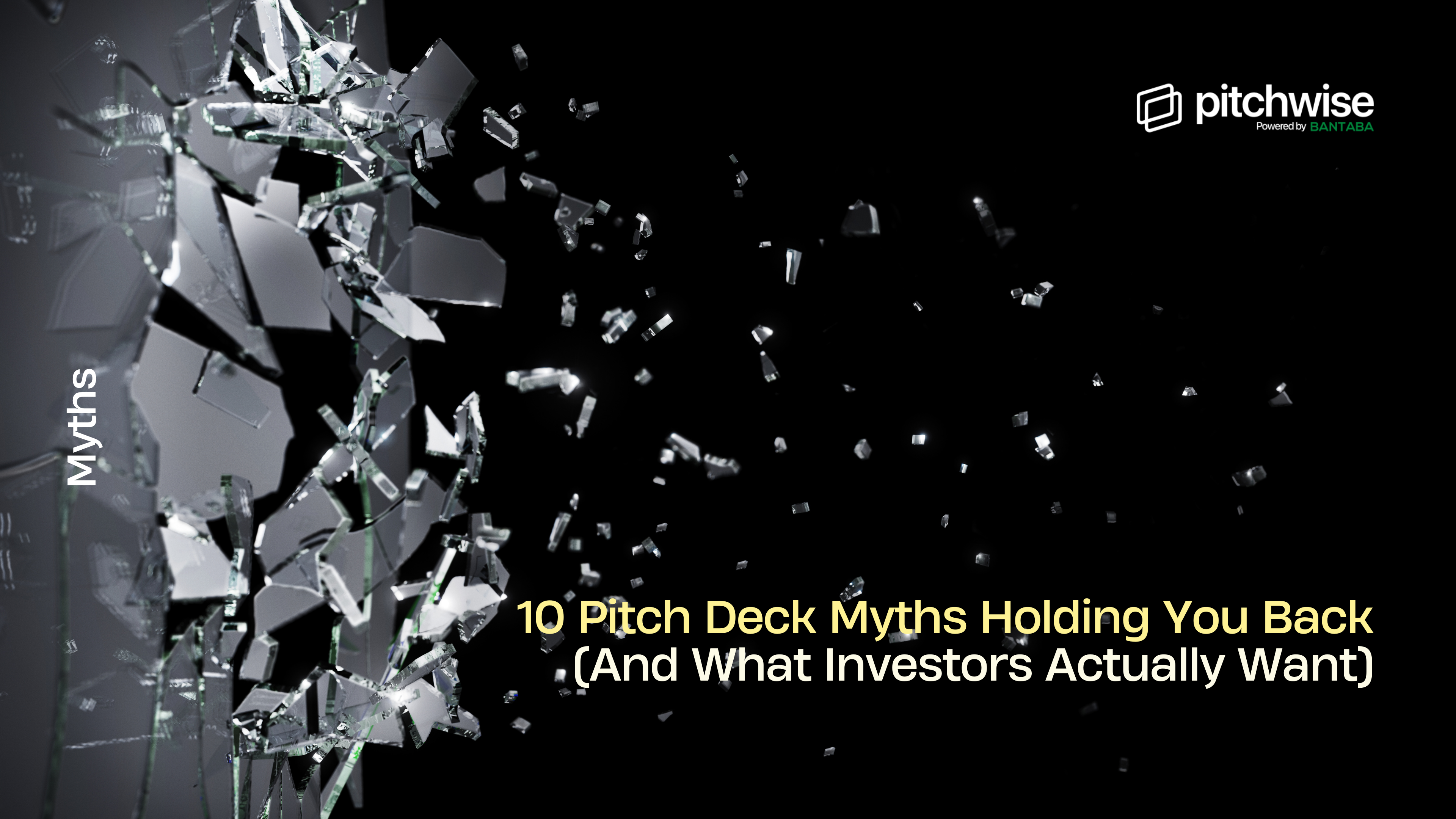
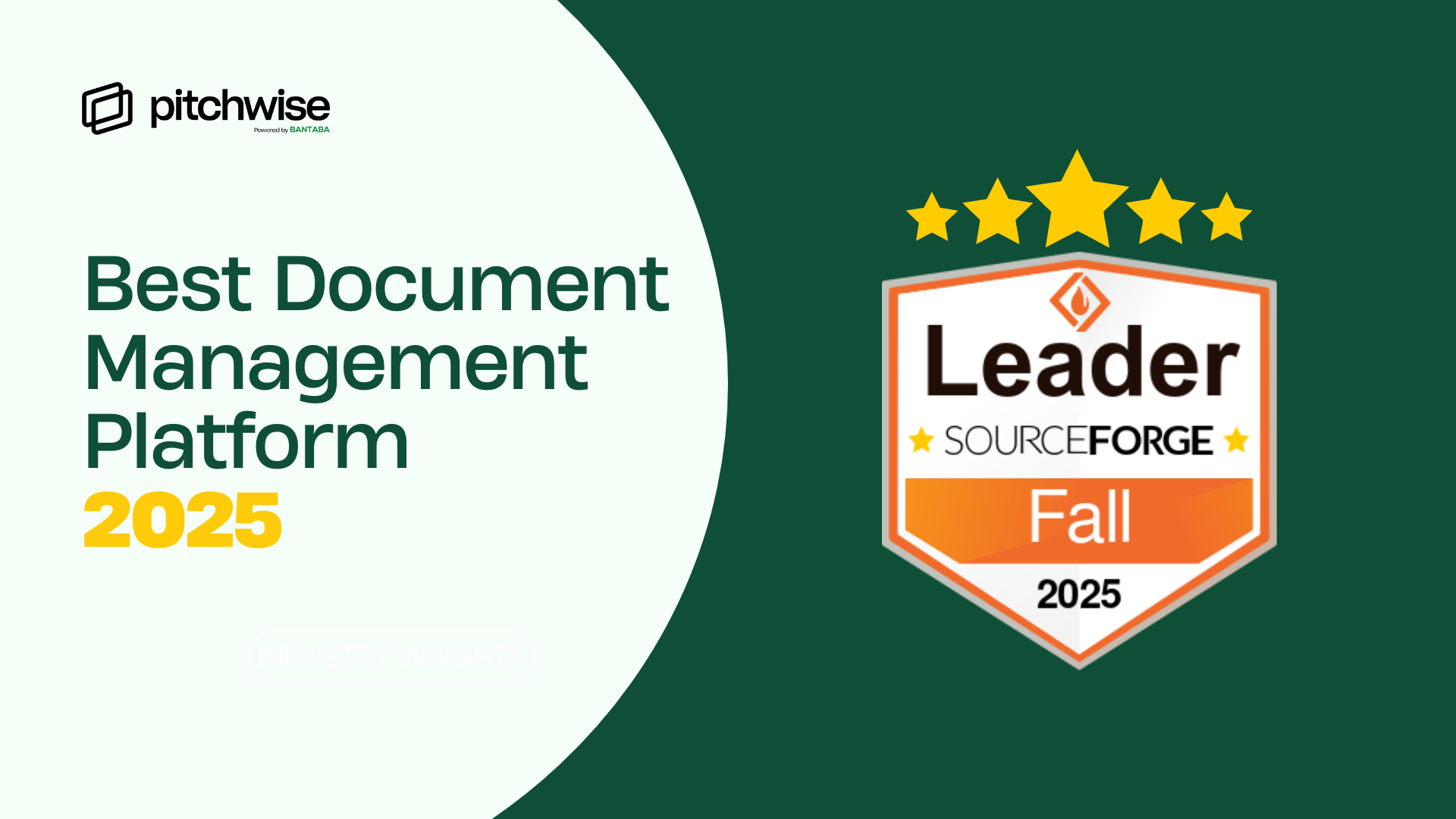
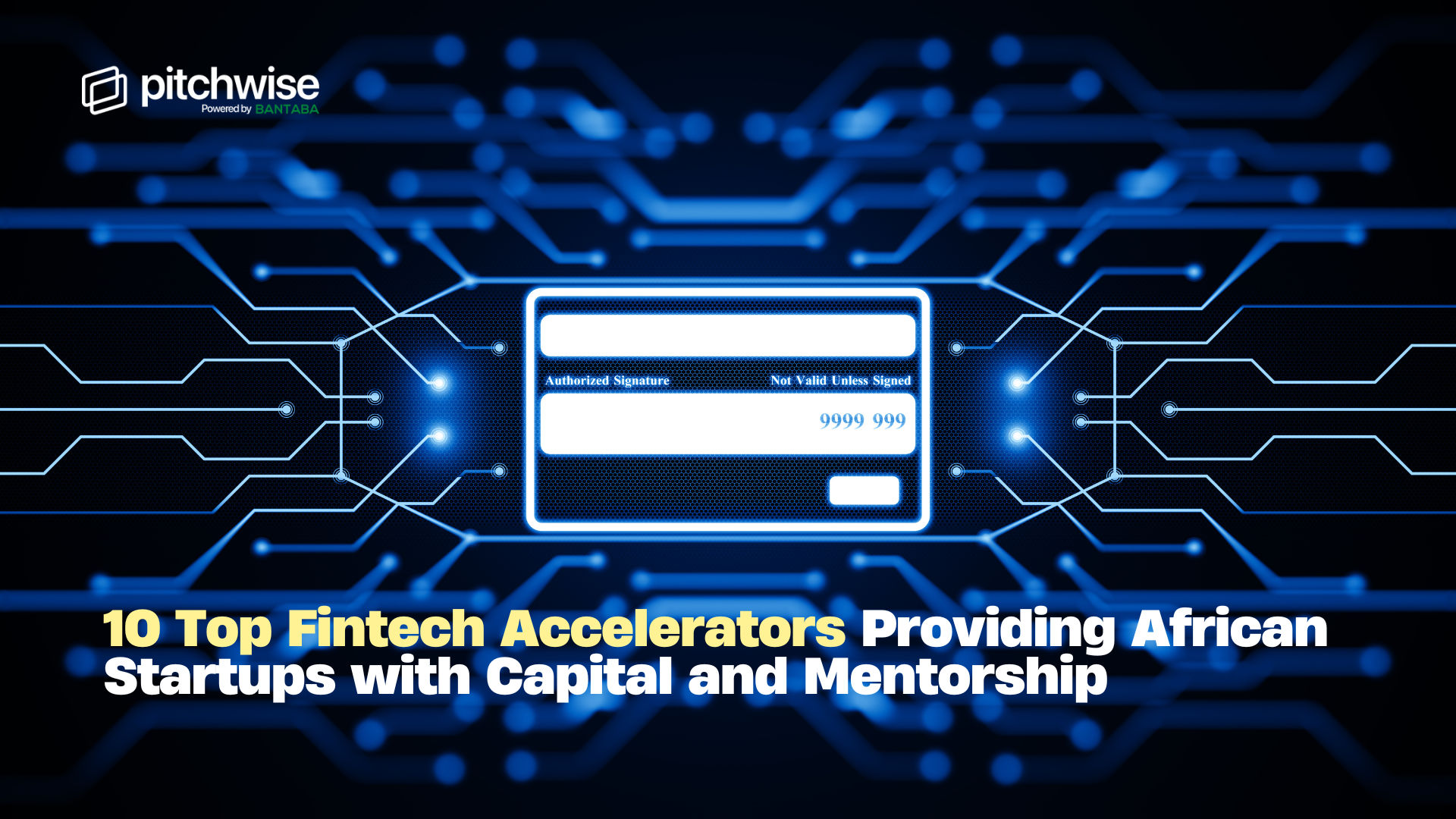
.png)

%20.png)
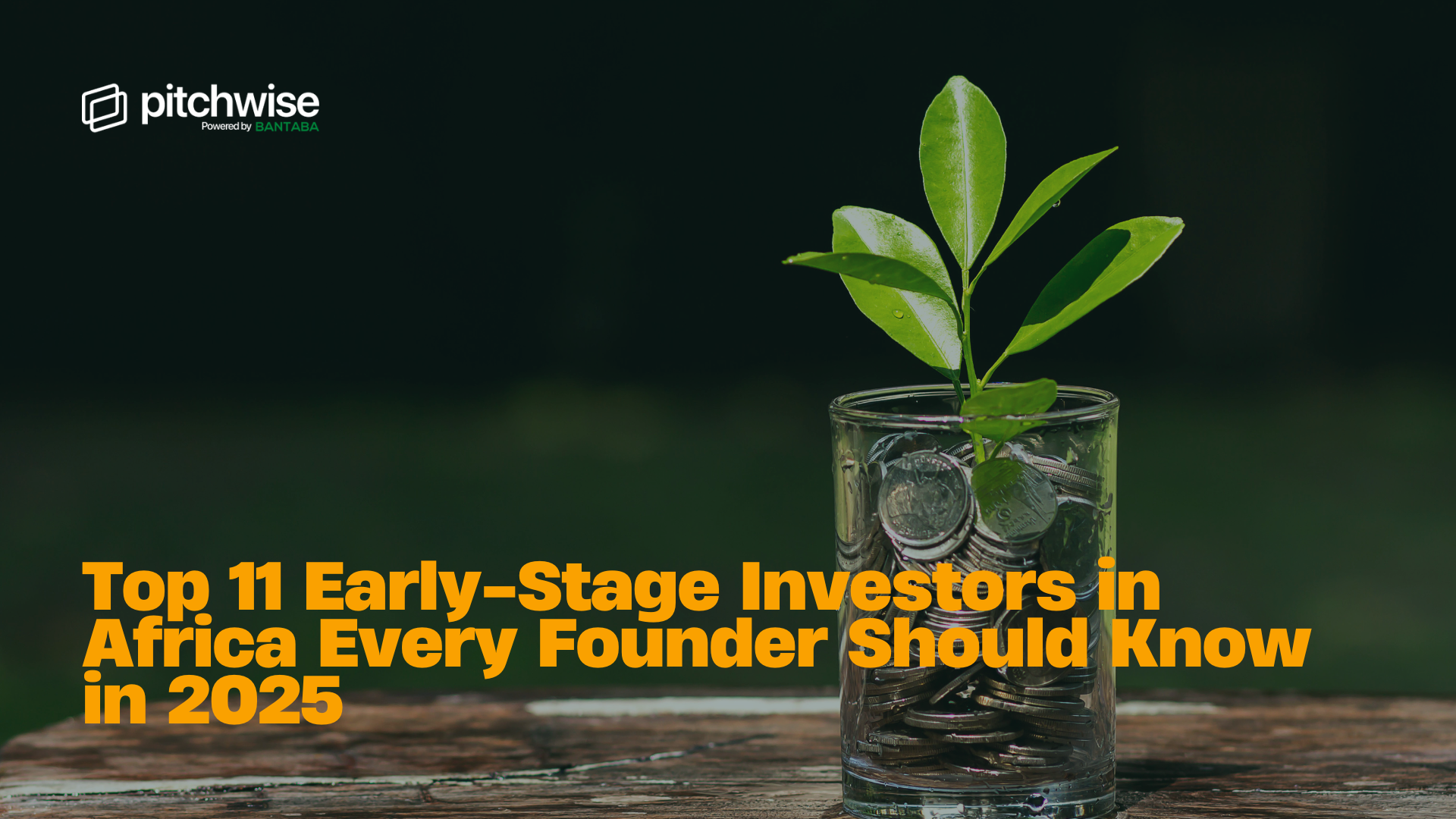
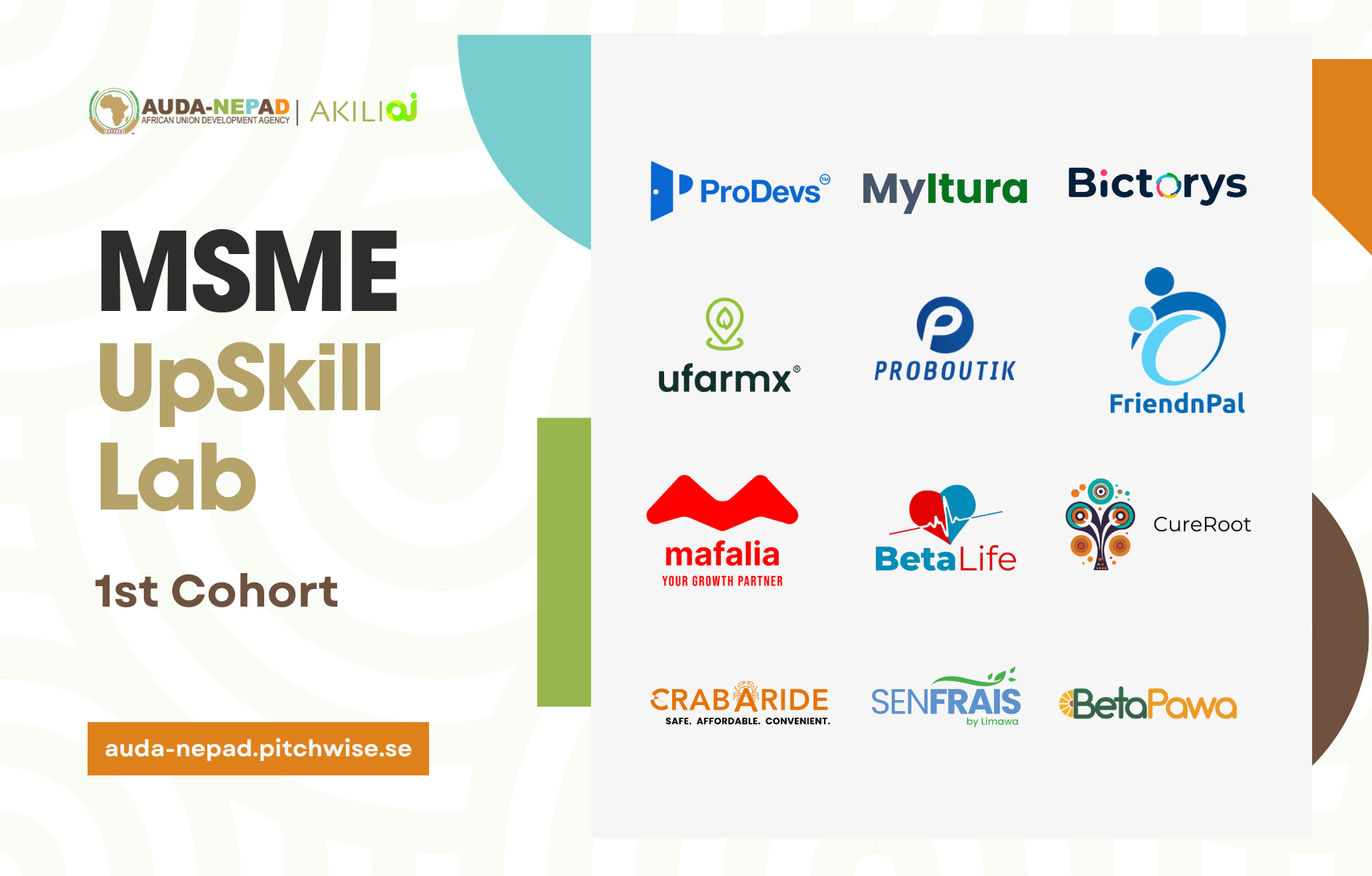
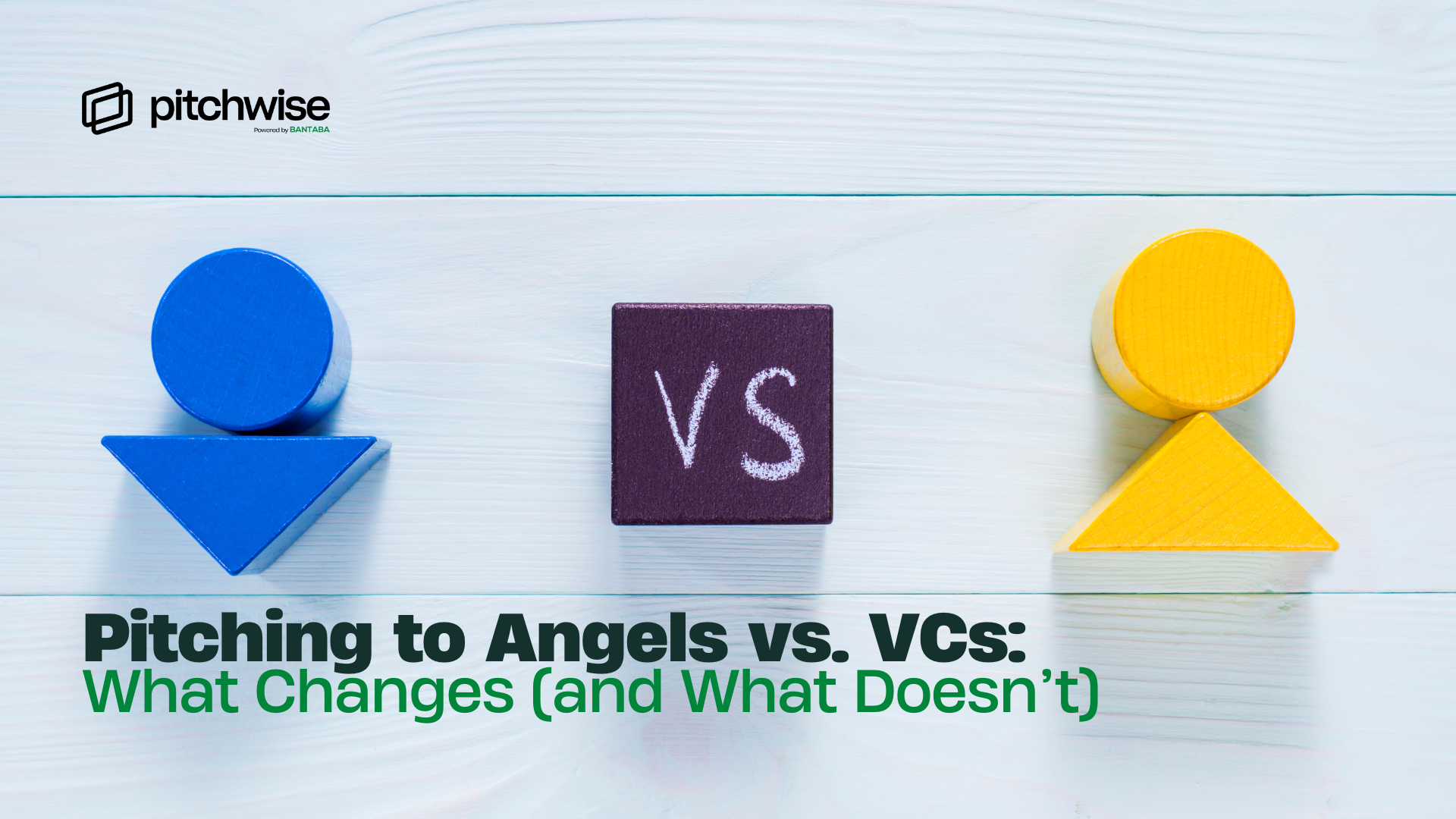




.png)
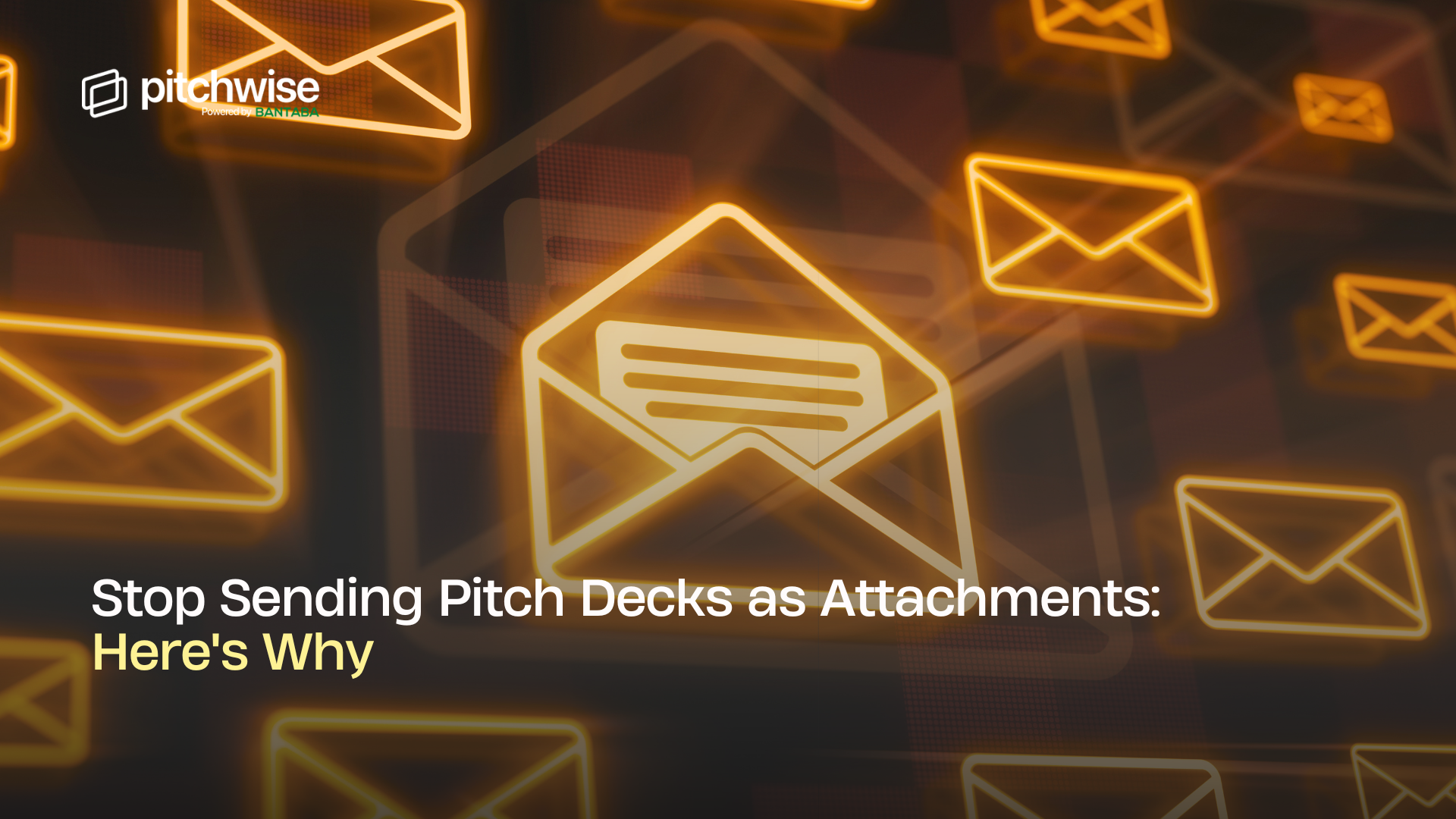
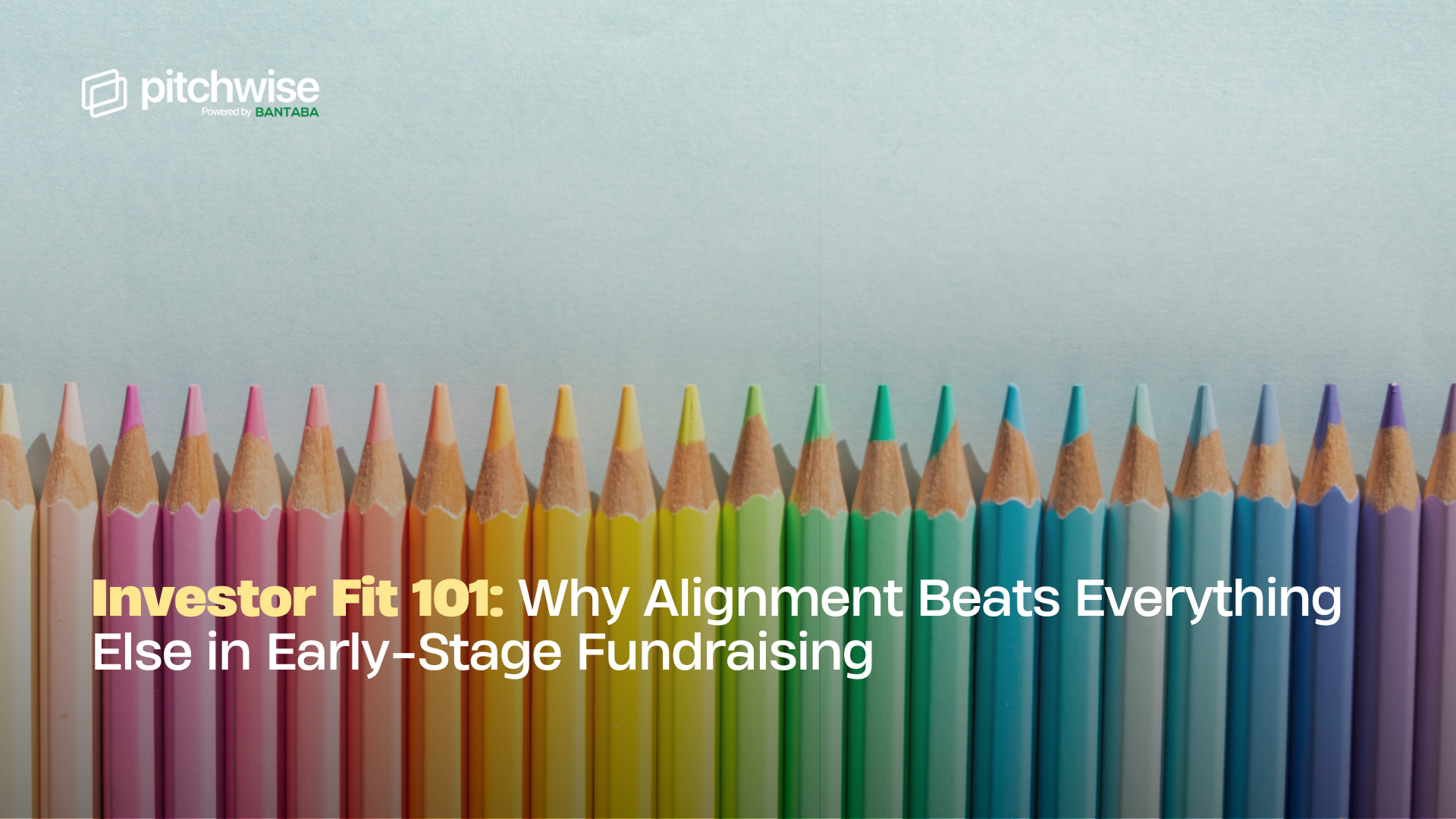
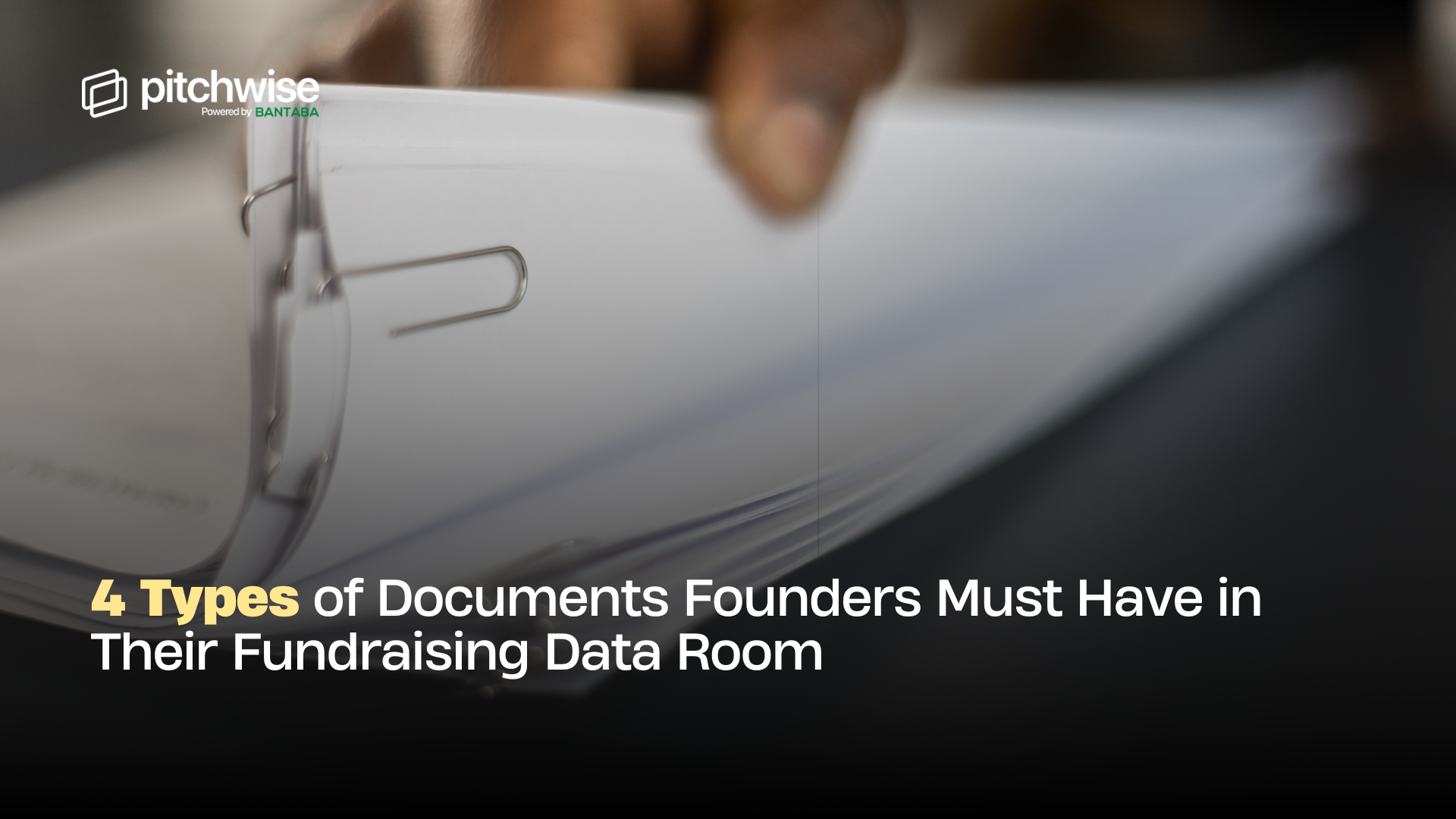
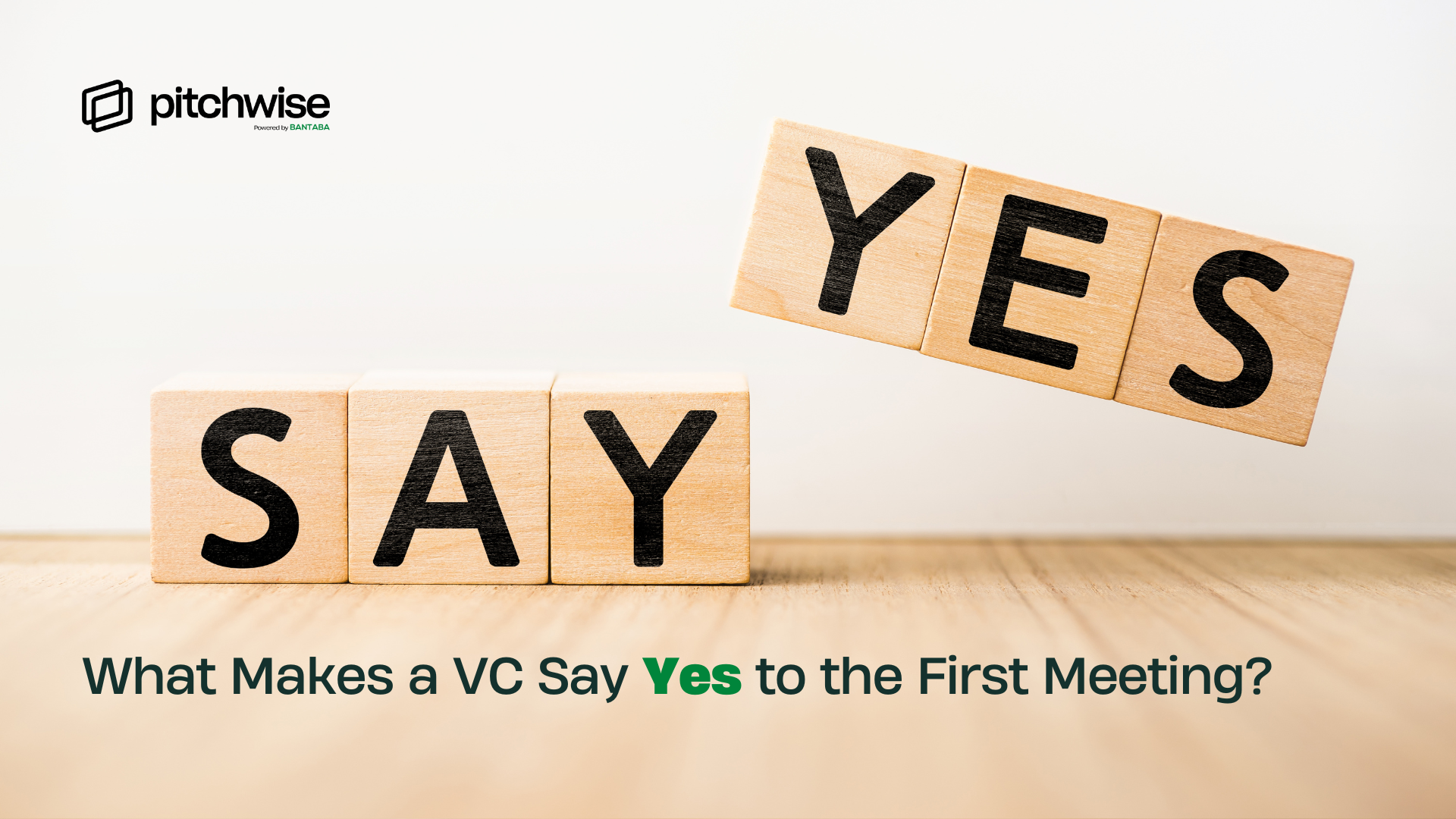
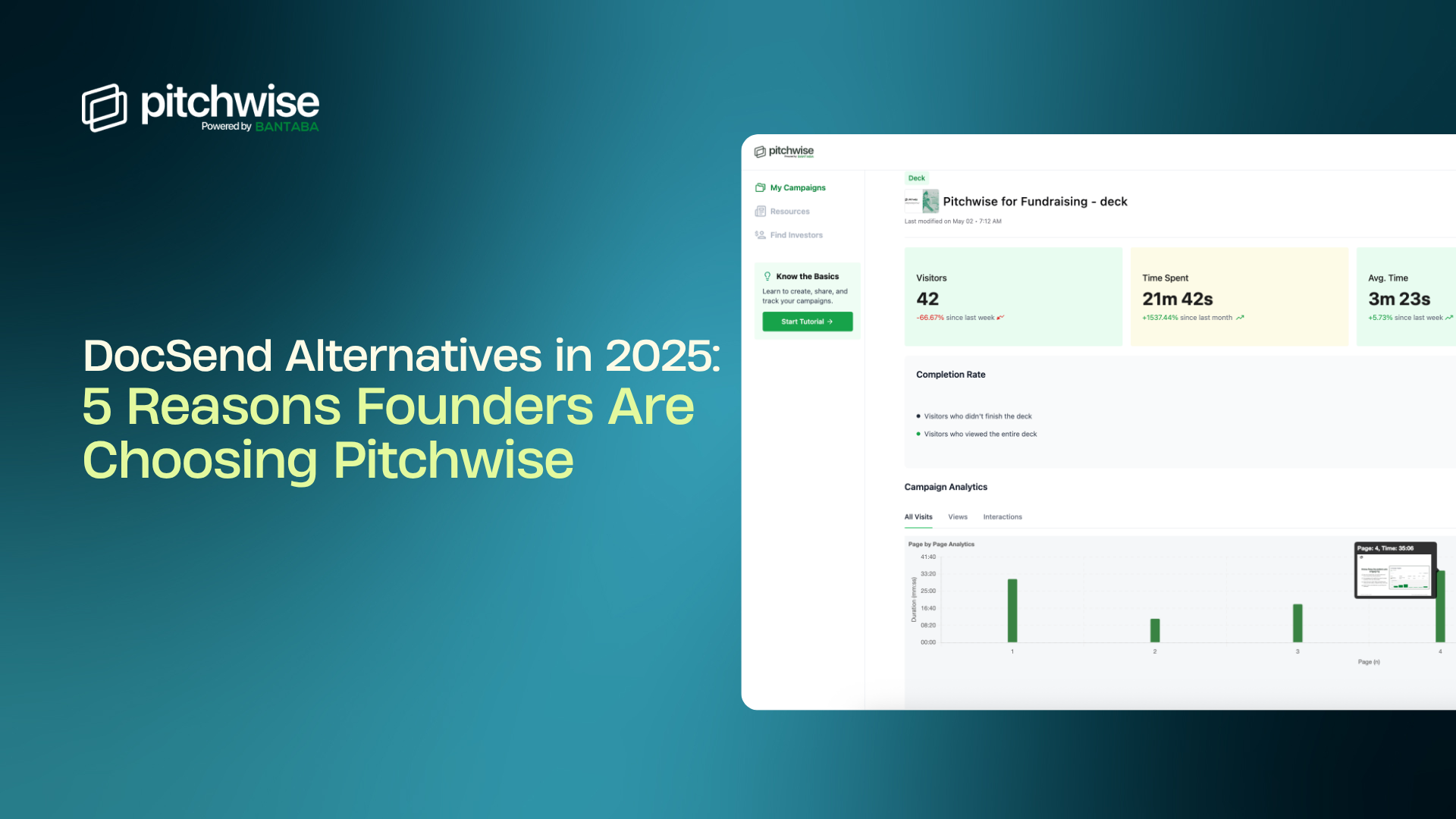









.png)

.png)



.png)
.png)


.png)
.png)



















